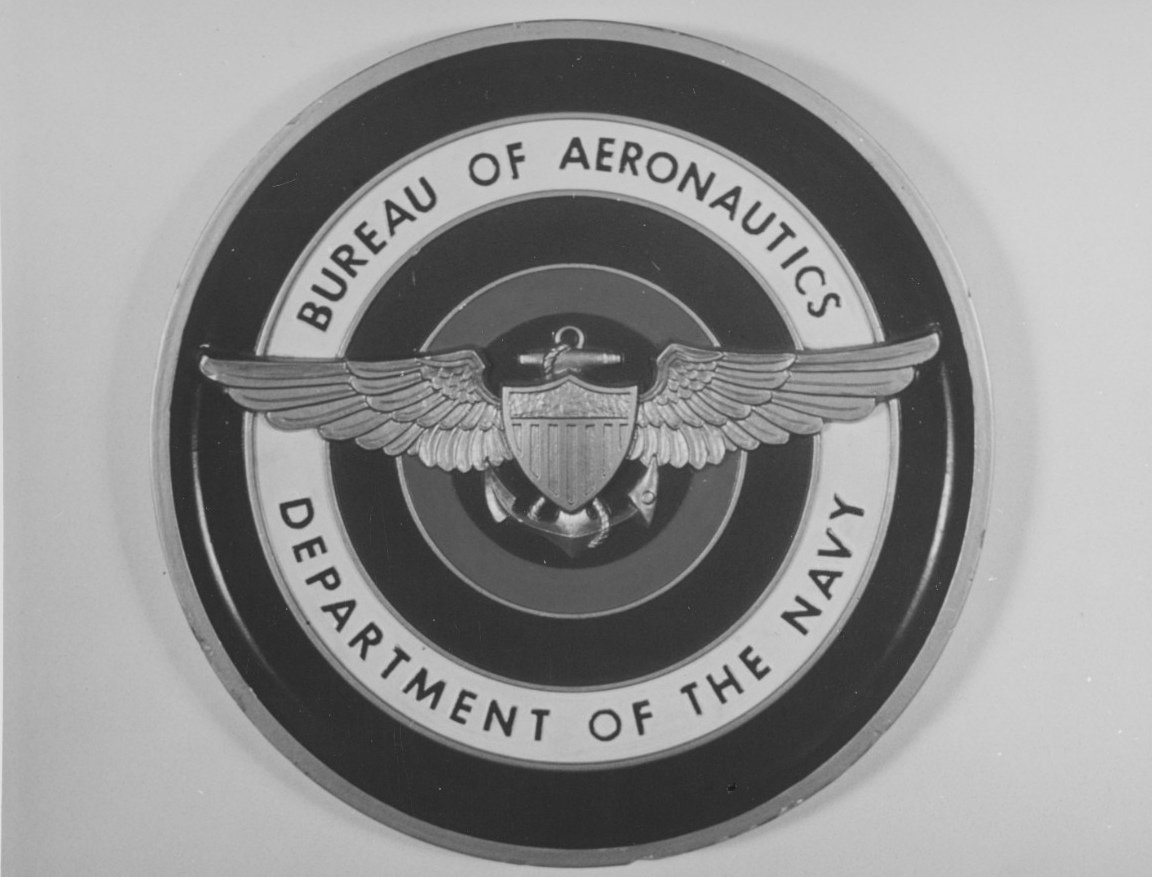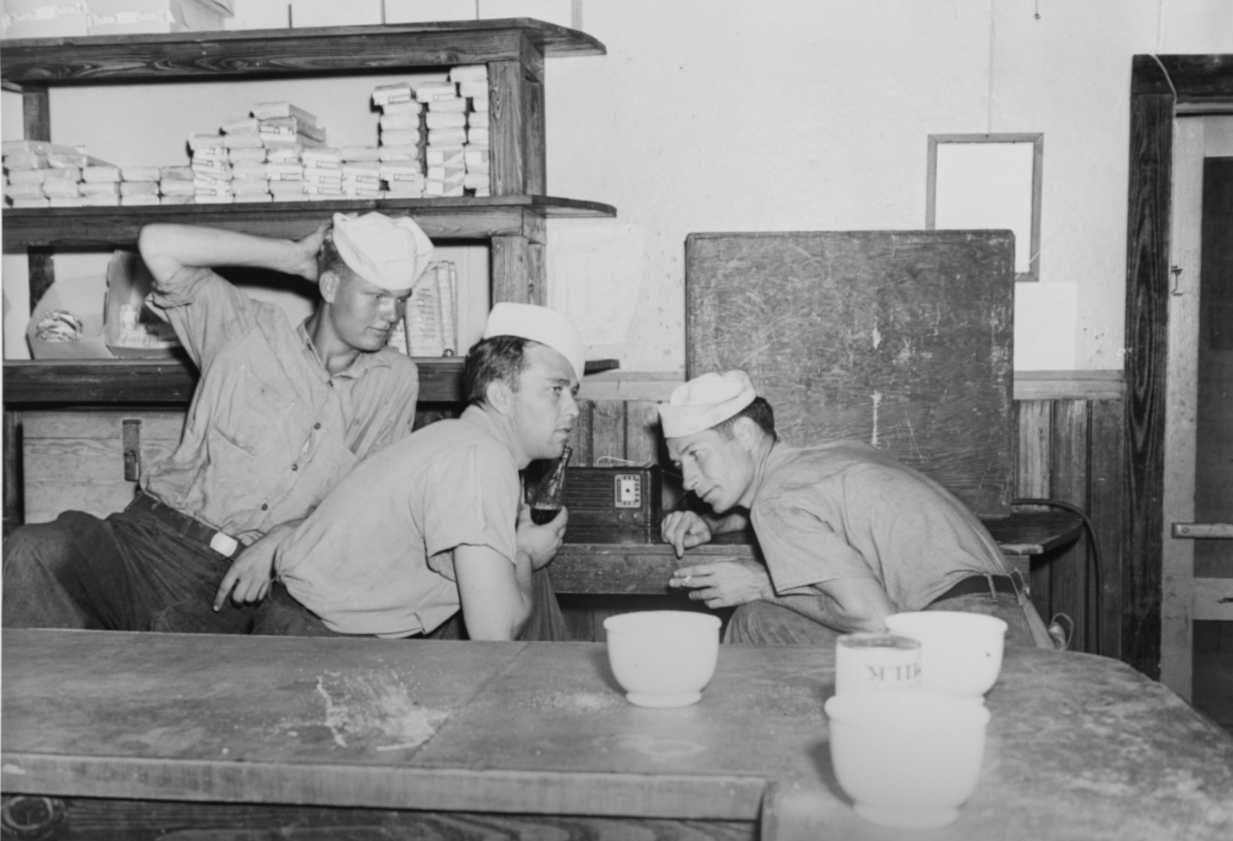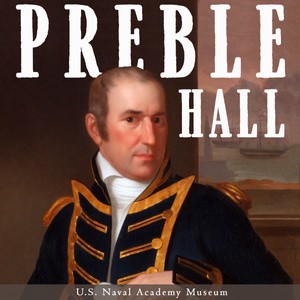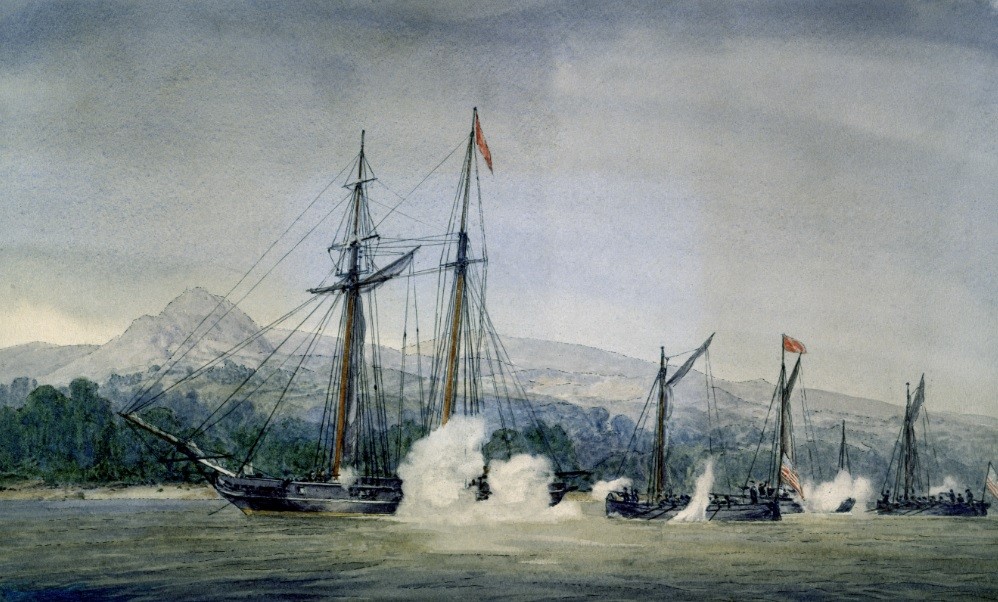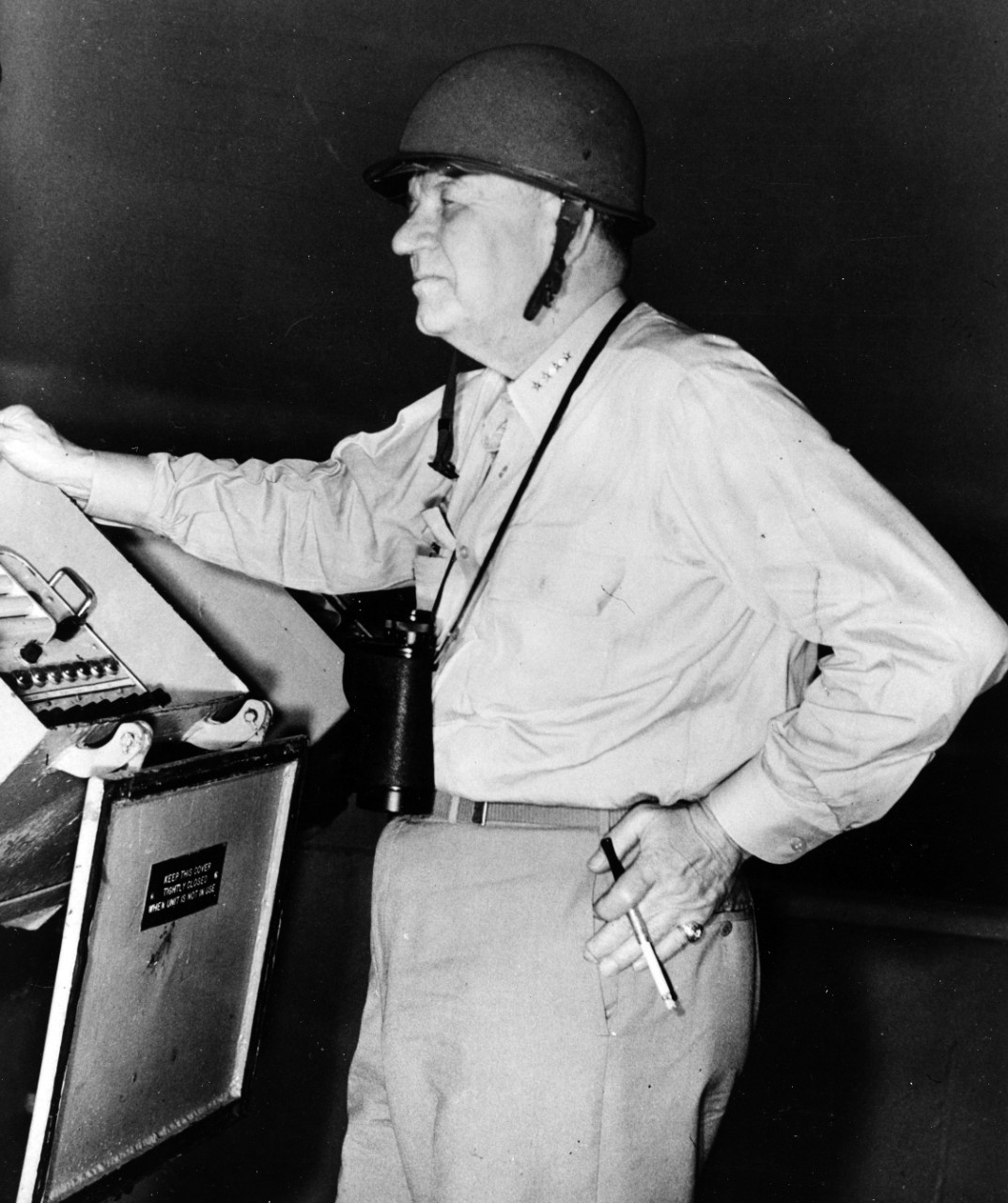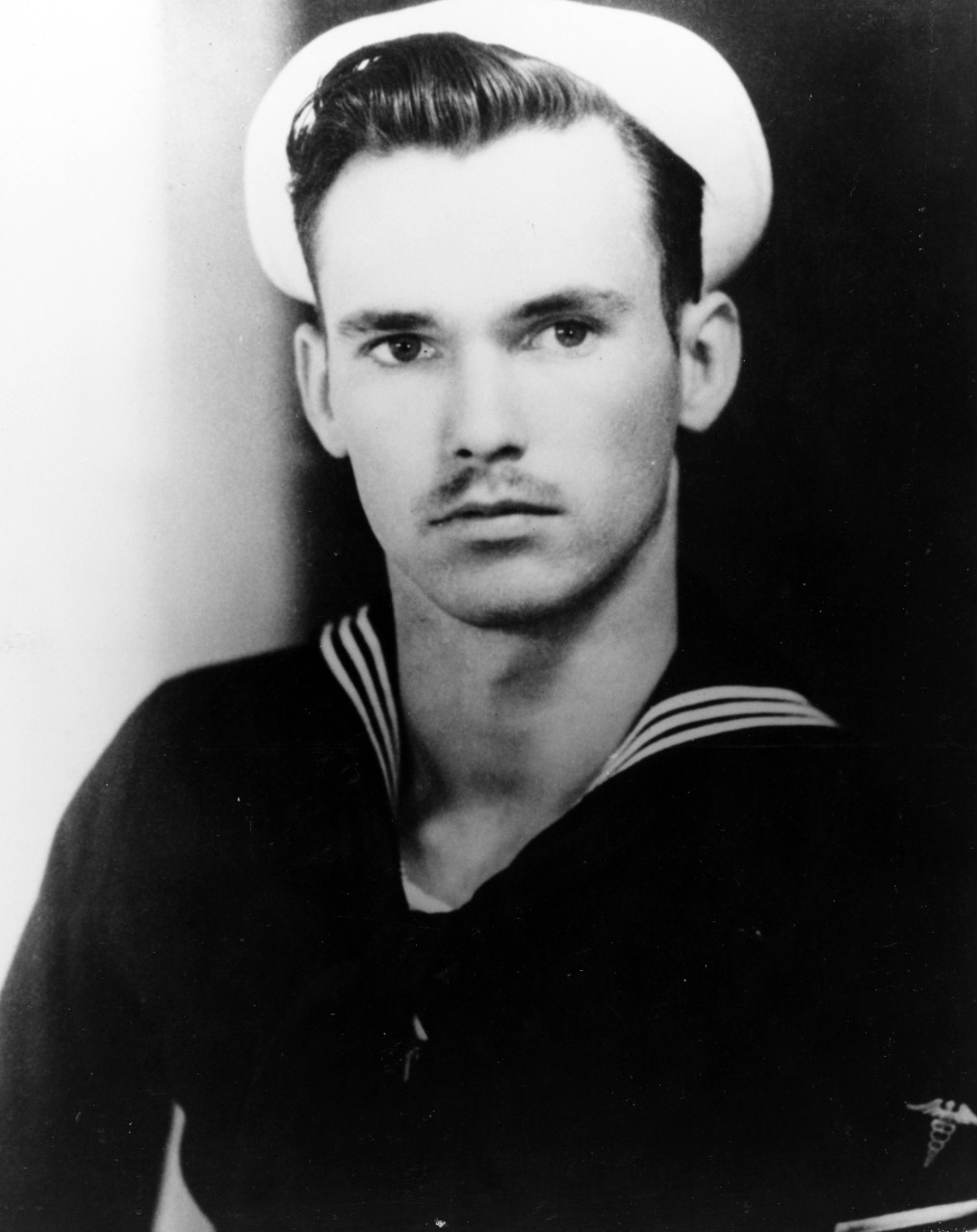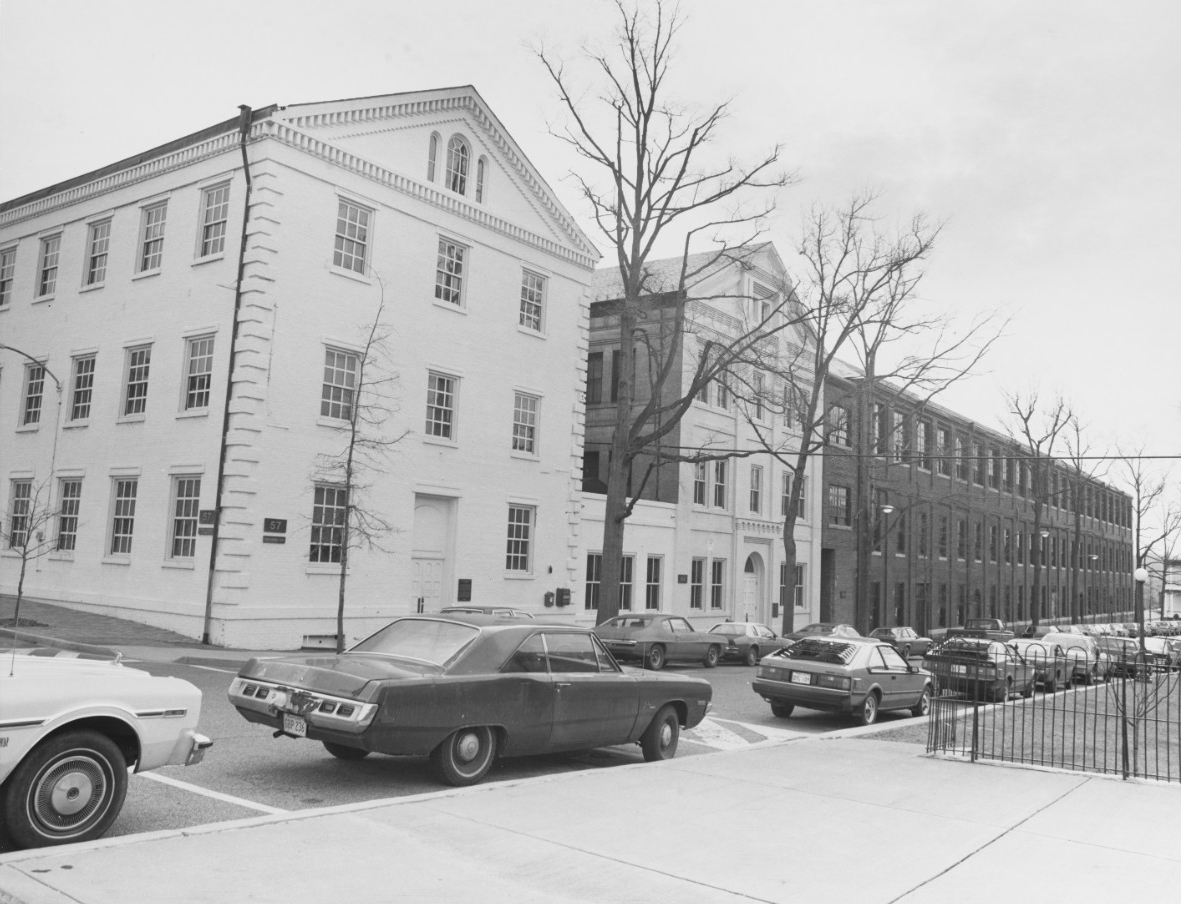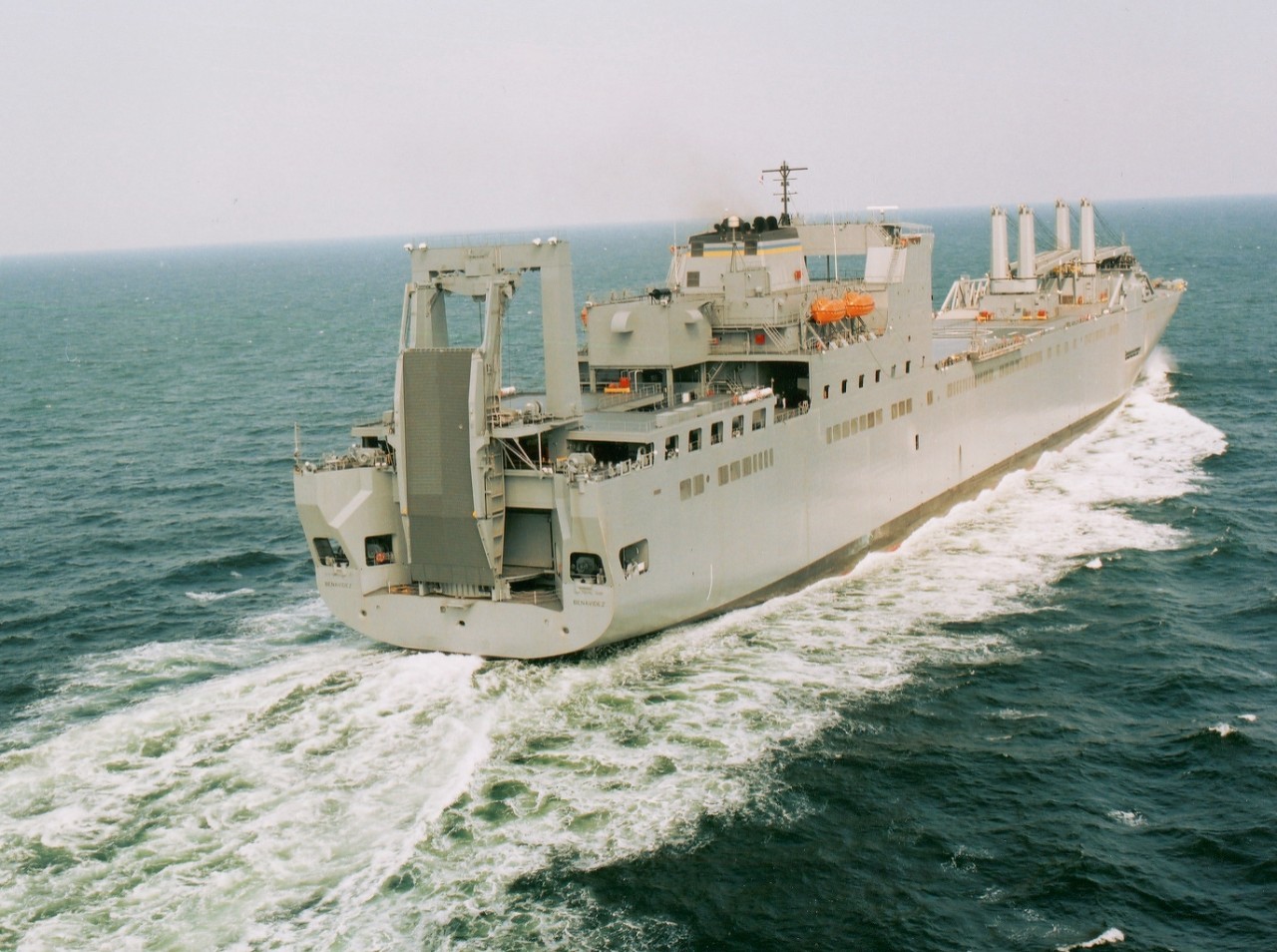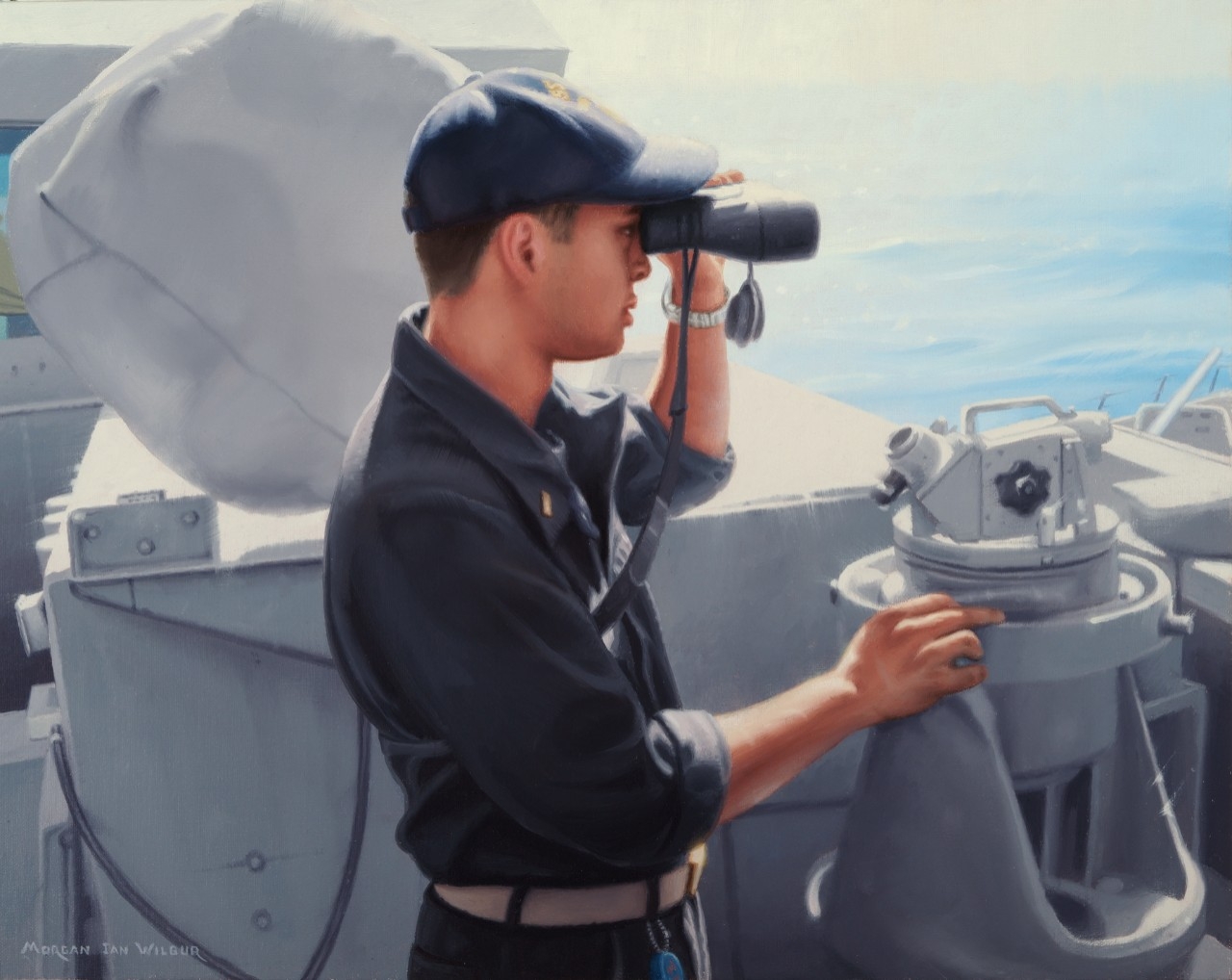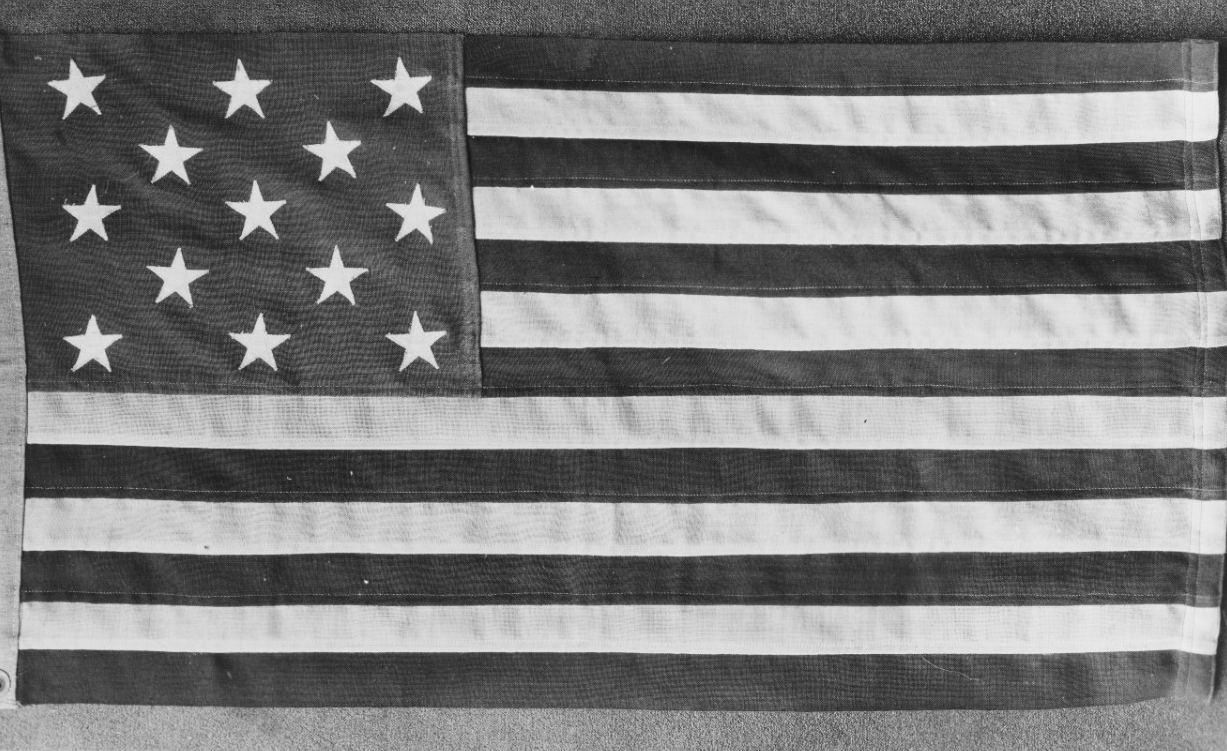Compiled by Brent Hunt, Naval History and Heritage Command’s Communication and Outreach Division
Bureau of Aeronautics Established—100 Years Ago
On Aug. 10, 1921, the Bureau of Aeronautics was established by general order that defined its duties under the Secretary of the Navy as comprising “all that relates to designing, building, fitting out, and repairing naval and Marine Corps aircraft.” The bureau was under that name until Aug. 18, 1959, when it was merged with the Bureau of Ordnance to form the Bureau of Naval Weapons. On May 1, 1966, functions were divided and the Naval Air Systems Command was created. Medal of Honor recipient Rear Adm. William A. Moffett was the first bureau chief. His appointment was for four years; however, he was reappointed by President Calvin Coolidge for another four years in 1925, and again reappointed by President Herbert Hoover in 1929. During the latter years of his service as bureau chief, Moffett was recognized as more experienced in all types of airplanes, seaplanes, and big airships than “any admiral in any Navy in the world.” The development of lighter-than-air aircraft in the United States was largely due to his vision, determination, and untiring efforts, the result of which was seen in the building of airships Akron and Macon.
Japanese Surrender
On Aug. 14, 1945, which came to be known as V-J Day, the Japanese accepted the terms of the Potsdam Declaration and agreed to surrender, ending World War II. The decision to surrender came after the Soviet Union had declared war on Japan on Aug. 8, and the United States had dropped atomic bombs on Hiroshima and Nagasaki. President Harry S. Truman decided to drop the bombs after planners estimated invading the Japanese homeland could take up to a year with unacceptable high casualties. Emperor Michinomiya Hirohito made the decision to surrender unconditionally on Aug. 10, and his recorded announcement to the Japanese nation was broadcasted four days later. The instrument of surrender was signed by representatives of the Allied and Japanese governments onboard USS Missouri in Tokyo Bay on Sept. 2.
Preble Hall Podcast
In a recent naval history podcast from Preble Hall, U.S. Air Force Maj. Joe Eanett, who just completed his tour as an instructor in the History Department at the U.S. Naval Academy, talks about his efforts to teach midshipmen the history of epidemic disease, as well as his plans for future studies. The Preble Hall podcast, conducted by personnel at the U.S. Naval Academy Museum in Annapolis, MD, interviews historians, practitioners, military personnel, and other experts on a variety of naval history topics from ancient history to more current events.
“Mosquito Fleet” Pages Published
Recently, NHHC’s Fleet History published six new DANFS histories, all written by Historian Jeremiah Foster. The U.S. Navy established the West Indies Squadron in early 1822 to combat piracy in the Gulf of Mexico and the Caribbean Sea. In December 1822, the Navy Department organized a flotilla of small boats and shallow-draft schooners to enhance the squadron’s ability to engage pirates operating in shallow waters and coastal areas. To achieve this, five non-commissioned ship’s boats (cutters) named Gallinipper, Mosquito, Gnat, Midge, and Sandfly were selected to conduct independent patrols. The cutters received their unique names from Commodore David Porter, the second commander of the West Indies Squadron, and came to be known as the “Mosquito Fleet.” During the campaign, the squadron captured a pirate felucca, which they subsequently named Diableta, and added it to the ranks of the Mosquito Fleet cutters. From 1823 to 1826, these small boats scoured the coast of Cuba, locating and destroying pirate ships and establishments wherever they could be found—ultimately achieving enormous success. They even participated in the first documented joint U.S. Navy and Royal Navy anti-piracy operation. The Sailors and Marines who manned these small boats endured immense hardships navigating in dangerous waterways, sometimes for months at a time, and exposed to the elements—all the while fighting an unpredictable and dangerous foe. Their hard-won success in the campaign remains an enduring testament to their fortitude, skill, and uncommon gallantry.
NASA Selected Wendy Lawrence for Atlantis Mission—25 Years Ago
On Aug. 16, 1996, NASA selected Cmdr. Wendy B. Lawrence, a 1981 U.S. Naval Academy graduate, to train for the Atlantis shuttle mission, which involved extensive stays onboard Russian orbital research station Mir. Previously, she was the first female naval aviator in space when Endeavour launched in 1995. Before she became an astronaut, Lawrence logged in more than 1,500 hours of flight time in six different types of helicopters and completed more than 800 shipboard landings. She logged in more than 1,200 hours in space after completing four space flights: Endeavour (March 2–18, 1995), Atlantis (Sept. 25–Oct. 6, 1997), Discovery (June 2–12, 1998), and Discovery (July 26–Aug. 9, 2005). She recalled that the beautiful view of the Earth on her first mission made it all worth it. She actually made two trips to Mir and another to the International Space Station. Lawrence retired from the space program in 2006. For more on the Navy’s Role in Space Exploration, go to NHHC’s website.
Fechteler Assumed Role as CNO—70 Years Ago
On Aug. 16, 1951, Adm. William M. Fechteler became the U.S. Navy’s 13th Chief of Naval Operations. His first priority as CNO was the naval buildup necessary to meet combat and logistic support of the war raging in Korea. Between June 1950 and December 1952, the Navy added 526 ships to the active list. Modernization of the Navy moved forward on a broad front as well. USS Nautilus, the first vessel in history propelled by nuclear energy, was under construction, as was the aircraft carrier USS Forrestal, the first of a new post–World War II class that was designed to accommodate high- performance jet aircraft. Several ships from the reserve fleet were converted to guided missile ships and Fechteler proposed that this number be increased. In collaboration with the Atomic Energy Commission, the Navy initiated the development of tactical nuclear weapons, including an atomic depth bomb for use against fast, deep-diving submarines. In addition, he directed his efforts to the creation of a single NATO naval command in the Mediterranean. After leaving office as CNO, he was Commander in Chief, Allied Forces, Southern Europe. He retired from the Navy on July 1, 1956. Fechteler died at the naval hospital in Bethesda, MD, on July 4, 1967. He is buried in Arlington National Cemetery.
The Heroism of John E. Kilmer
On Aug. 13, 1952, while serving during the Korean War with H Company, 3rd Battalion, 7th Marines, 1st Marine Division, Hospitalman John E. Kilmer demonstrated extraordinary heroism, moving from one position to another administering aid to the wounded and expediting their evacuation while under intense enemy mortar, artillery, and sniper fire. While giving aid to a fallen Marine using his own body as a shield, Kilmer was mortally wounded by flying shrapnel. For his “conspicuous gallantry and intrepidity at the risk of his life above and beyond the call of duty,” Kilmer was posthumously awarded the Medal of Honor.
CNO Directs Consolidation of Navy Museums
On Aug. 16, 2005, Chief of Naval Operations Adm. Michael G. Mullen announced the consolidation of all Navy museums, issuing NAVADMIN 201/05, under what was then the Naval Historical Center, the predecessor of NHHC. The Navy museum system realignment provided “more effective management of operations in the areas of manpower, collections preservation, accountability, exhibitions, and outreach, as well as addressing growing congressional interest in Department of Defense museum operations while continuing to encourage local foundation support and local command interest.” The change became effective later that year.
Benavidez Christened, Launched—20 Years Ago
On Aug. 11, 2001, USNS Benavidez was christened and launched at New Orleans, LA. The Bob Hope-class ship is part of Military Sealift Command that serves as a dry cargo surge sealift carrier. The ship proudly bears the name of U.S. Army Master Sgt. Raul (Roy) Perez Benavidez, who received the Medal of Honor for a series of daring and extremely valorous actions during the Vietnam War. On the morning of May 2, 1968, a 12-man Special Forces reconnaissance team met heavy enemy resistance and requested emergency extraction. Despite being wounded, Benavidez single-handedly rescued the team while simultaneously fighting off North Vietnamese soldiers. During the six hours of extraordinary heroism, Benavidez suffered a broken jaw and 37 bullet and bayonet puncture wounds.
Webpage of the Week
This week’s Webpage of the Week is the Pirate Interdiction and the U.S. Navy page under NHHC’s War, Conflicts, and Operations. Pirate interdiction and the United States have a long history that dates back to the early years of the nation when President Thomas Jefferson found himself dealing with Algerine pirates who were committing atrocities against American merchant ships and sailors. In the summer of 2007, modern-day piracy off the coast of Somalia became a real issue for the United States and, in April 2009, the Navy conducted a daring rescue when M/V Maersk-Alabama, under civilian Capt. Richard Phillips, was hijacked. Check this page out today. On it, you will find links to articles, resources, exhibits, and selected imagery associated with the Navy’s mission of protecting American interests on the open seas and ensuring the free flow of commerce.
Today in Naval History
On Aug. 10, 1831, the U.S. flag first gained the nickname “Old Glory” from William Driver, master of the brig Charles Daggert. His flag was made for him by his mother and a group of young Salem women to celebrate his appointment as master of Charles Daggert. According to legend, when Driver raised the flag up the main mast, he proclaimed “My ship, my country, and my flag, Old Glory.” Later, during the Civil War, no flag became a more popular symbol of Union loyalty than the worn and imperiled standard belonging to Driver, who was originally from Salem, MA. His defiant flying of it—from his Nashville, TN, home during the midst of the war—made national news. However, there is no evidence that he actually made the grandiose pronouncement. He more likely named the flag Old Glory when reflecting on his adventurous 20-year career on the high seas that took him to China, India, Gibraltar, and throughout the South Pacific.
For more dates in naval history, including your selected span of dates, see Year at a Glance at NHHC’s website. Be sure to check this page regularly, as content is updated frequently.

